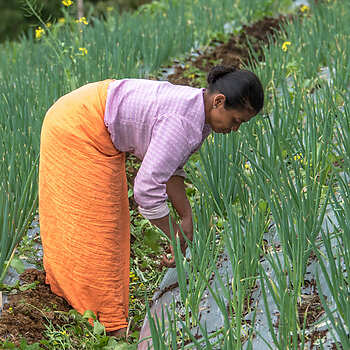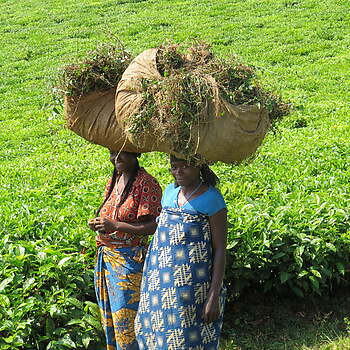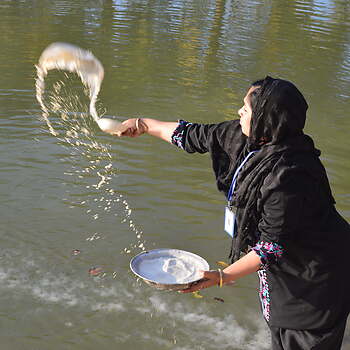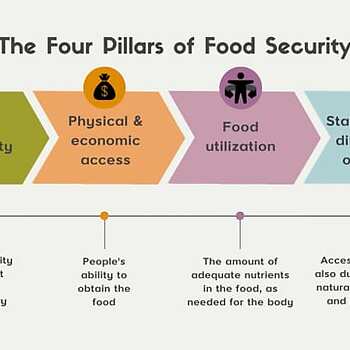Key issues related to women’s condition, constraints and contributions in agriculture will be briefly discussed. This will be done within the global context, and with reference to how the development cooperation of the Netherlands addressed agricultural development in a gradually more inclusive and gender-sensitive manner. Also, the focus on agriculture broadened over time by addressing food security instead of only agricultural production.
First we introduce the concepts of gender equality / women’s empowerment and of food security.
Gender equality and women’s empowerment: What and Why?
Gender equality is when women and men can enjoy socially valued goods, resources and rewards equally. This means ensuring equal opportunities and chances for all.
Empowerment is the process of getting more control over one’s life, with three dimensions distinguished:
- Access to resources, including information and services
- Participation in and influencing decision-making
- Improvements in well-being resulting from the above
Though both men and women should be empowered, interventions often focus on women’s empowerment, because of the huge gap in the level of empowerment between men and women, whereby women usually are in a more disadvantaged position.
Women’s empowerment is important because:
- This contributes to gender equality as a human right, reducing inequality
- Empowered women better contribute to development objectives within society
What is food security and what are the main gender issues attached?
According to the UN Committee on World Food Security, food security is defined as meaning that all people, at all times, have physical, social, and economic access to sufficient, safe, and nutritious food that meets their food preferences and dietary needs for an active and healthy life. FAO distinguishes four aspects (also used by the Dutch IOB) of food security, in line with this definition:
- Food availability at local and/or national level (this includes agricultural production)
- Food access (consumption) at household and individual level (this includes the means to purchase food, especially for non-farming households)
- Stability of food access over time (this includes reducing risks for crop failures or income fluctuations due to natural disasters, financial crises and/or climate change)
- Food utilisation, resulting in a good nutritional status, the ultimate goal of food security.
Food insecurity thus refers to lack of access to enough good, healthy and culturally appropriate food. There are many gender issues related to food security; two main issues are:
- Women and girls tend to be over-represented among those living in food insecurity: women in female headed households often have less access to resources for agricultural production and/or live in greater poverty; in male headed households, food distribution among household members is often not equal, especially in times of food shortages, whereby women take less food or less nutritious food than men, “sacrificing themselves”.
- Gender equality and women’s empowerment are instrumental to end malnutrition and hunger.
There is a strong relationship between gender equality and the reduction of food insecurity and poverty. The CARE paper Food Security and Gender Equality: A synergistic understudies symphony, updated in August 2022, compared data of 109 countries. It found that the lower the gender inequality, the greater food security. It was noted that the more gender inequality in a country, the hungrier people are, with women suffering most during shocks. Reducing gender inequality is therefore likely to contribute to improving food security. Or: to effectively improve food security, addressing gender inequality is a must.
Further reading



